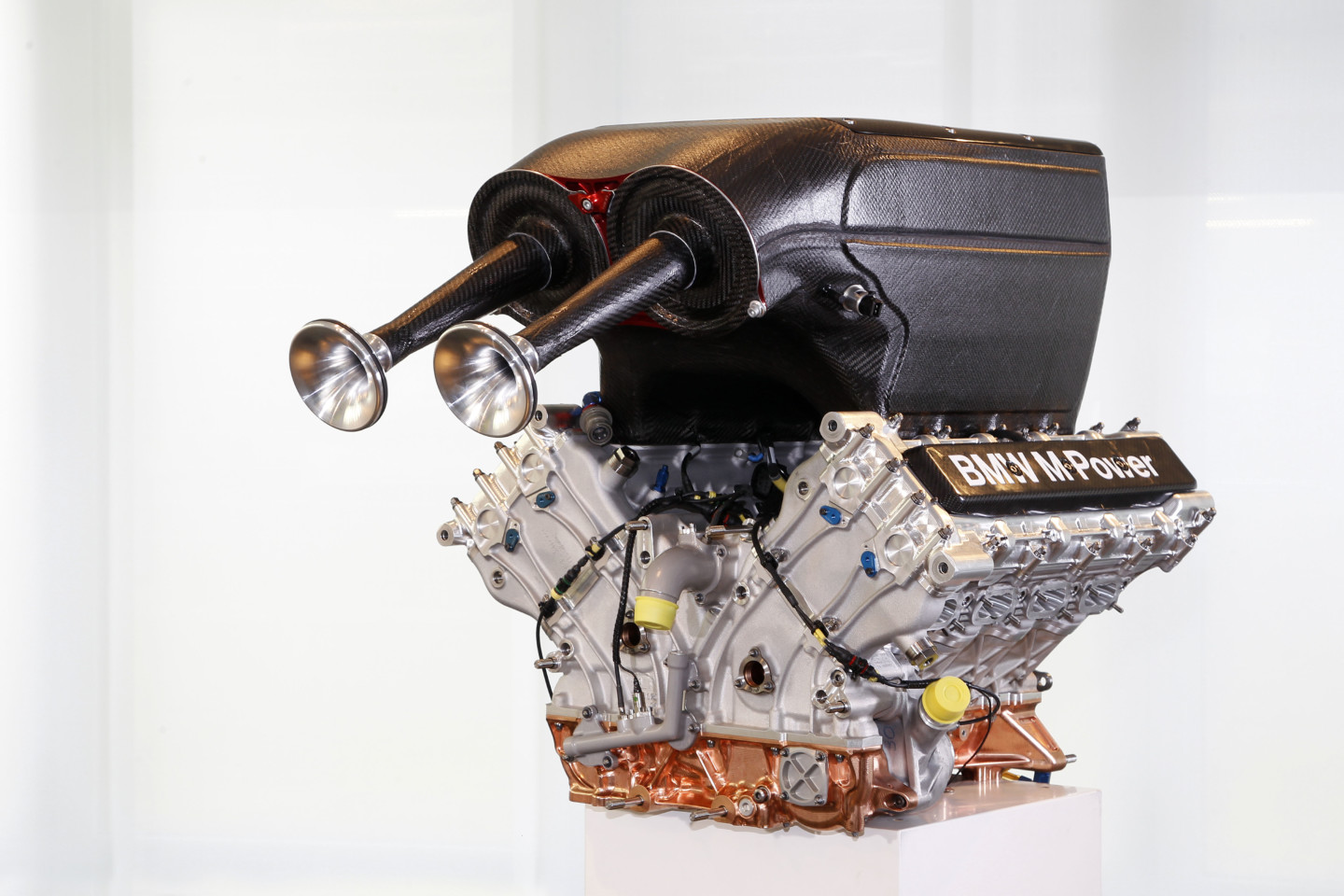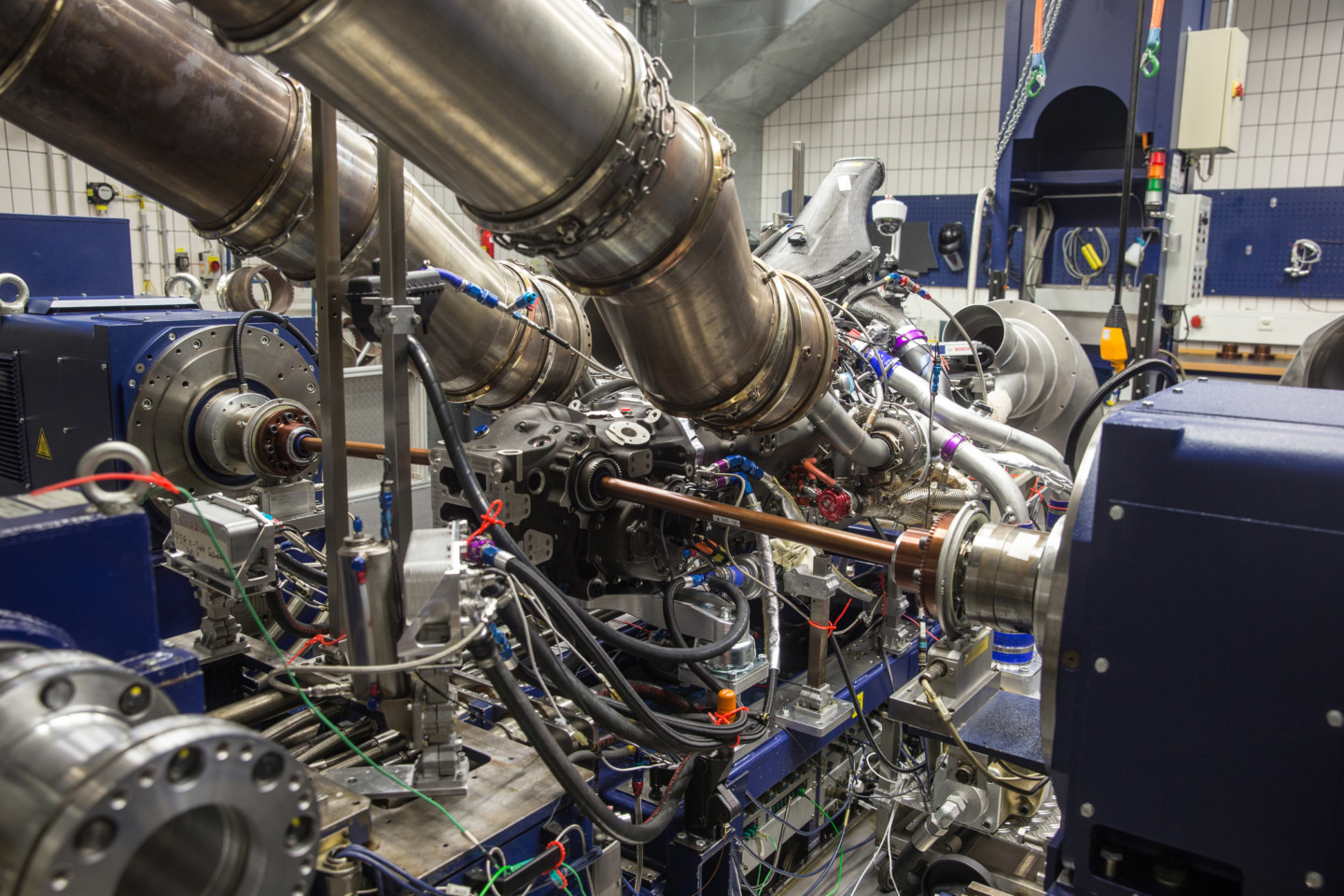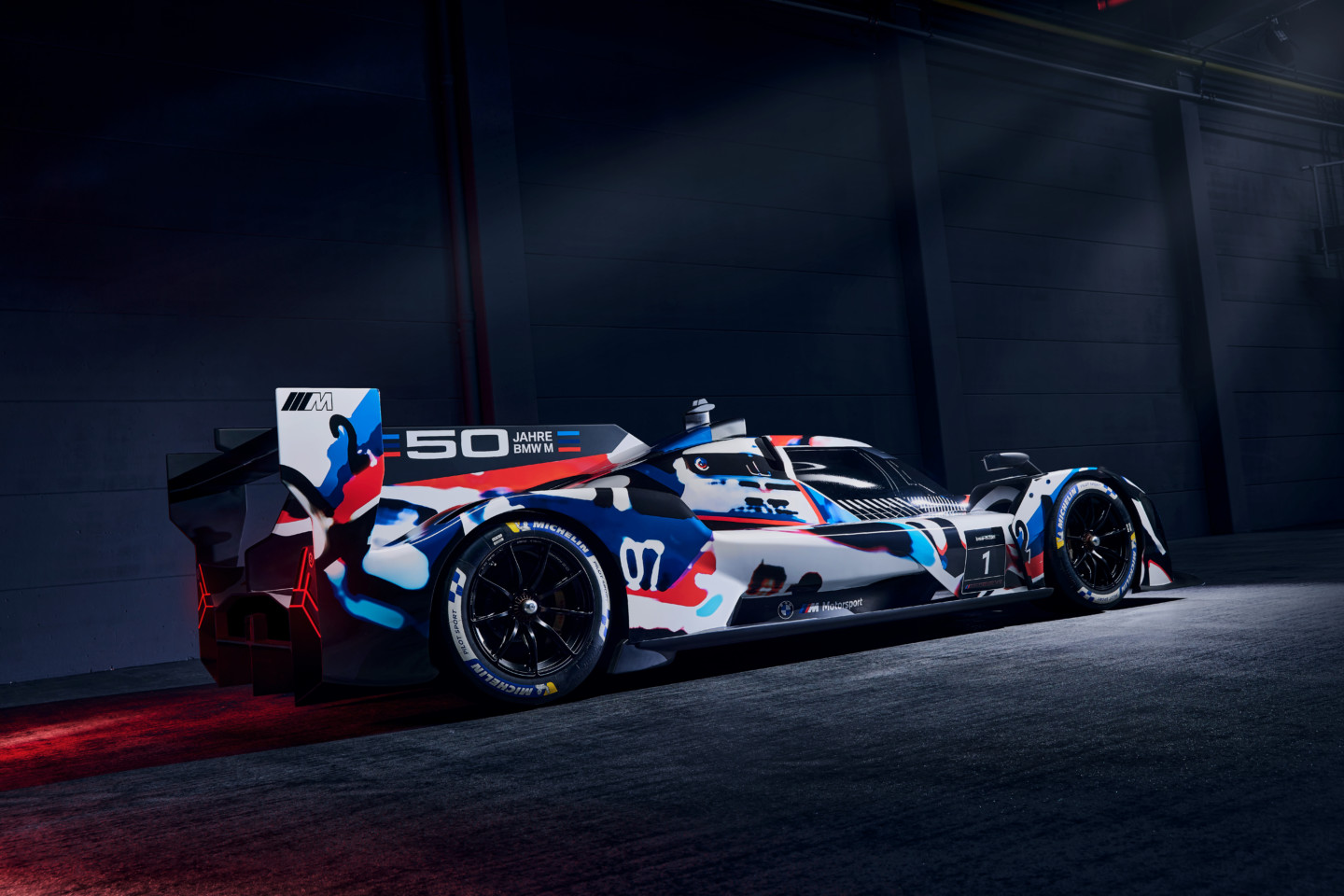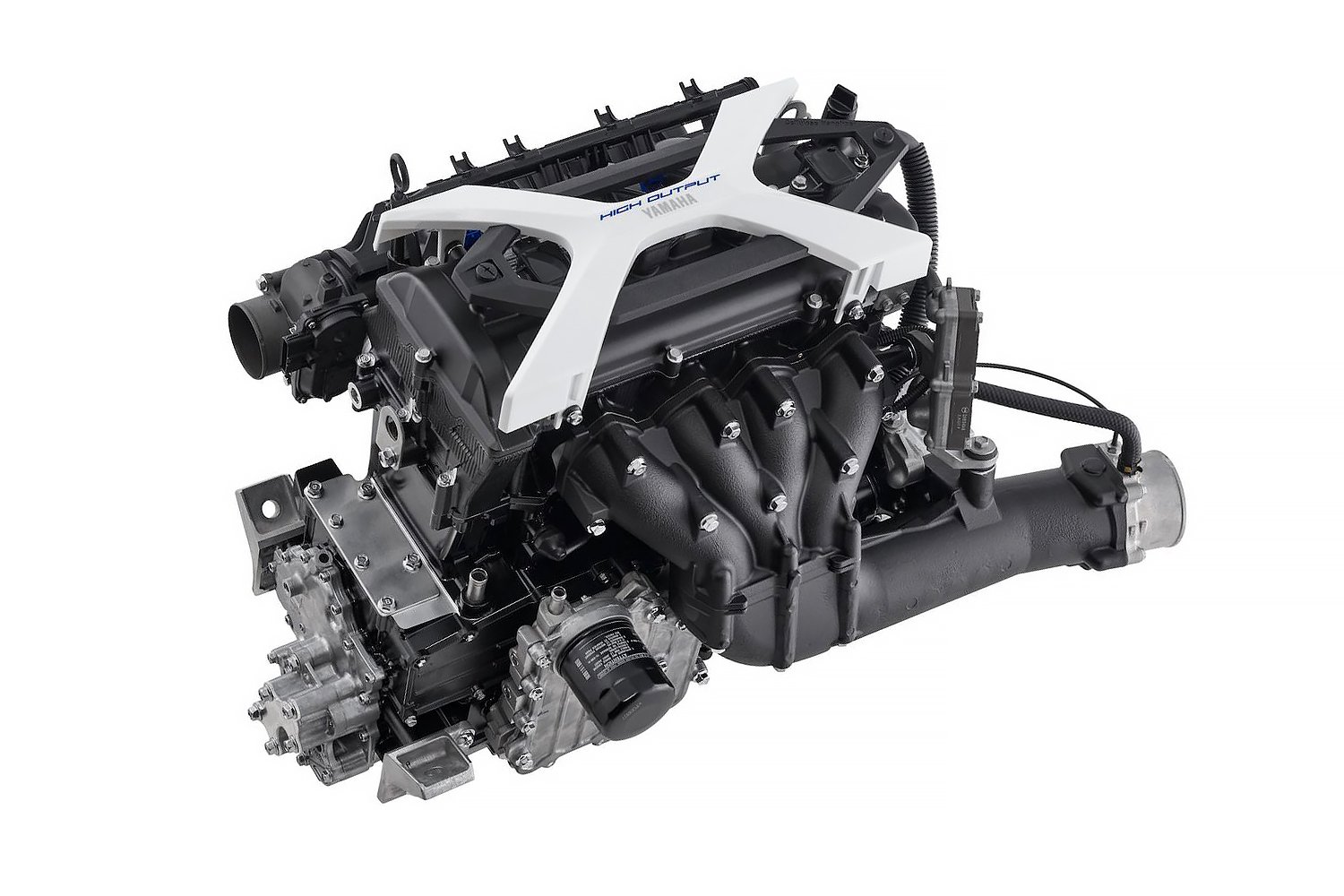I was fortunate to see the final season of IMSA’s iconic GTP class up close. In 1993, I was a crew member on an IMSA Supercar team that was a support race for the big prototype class. By then, most factory teams, including BMW, had left the series due to its high price tag. The battle between Toyota, Nissan, Jaguar, and Porsche was epic, but it didn’t last. IMSA and sportscar racing floundered for years afterward.
Now IMSA is reviving the GTP class for 2023 and beyond, but with a twist, as the new prototypes will be hybrid-powered, with the internal combustion engine capped at 670-hp. Several manufacturers, including BMW, Cadillac, Acura, and Porsche, have committed to the class. The cars will be eligible to run not only at IMSA events such as Daytona and Sebring but also at LeMans, the most famous endurance race of them all.
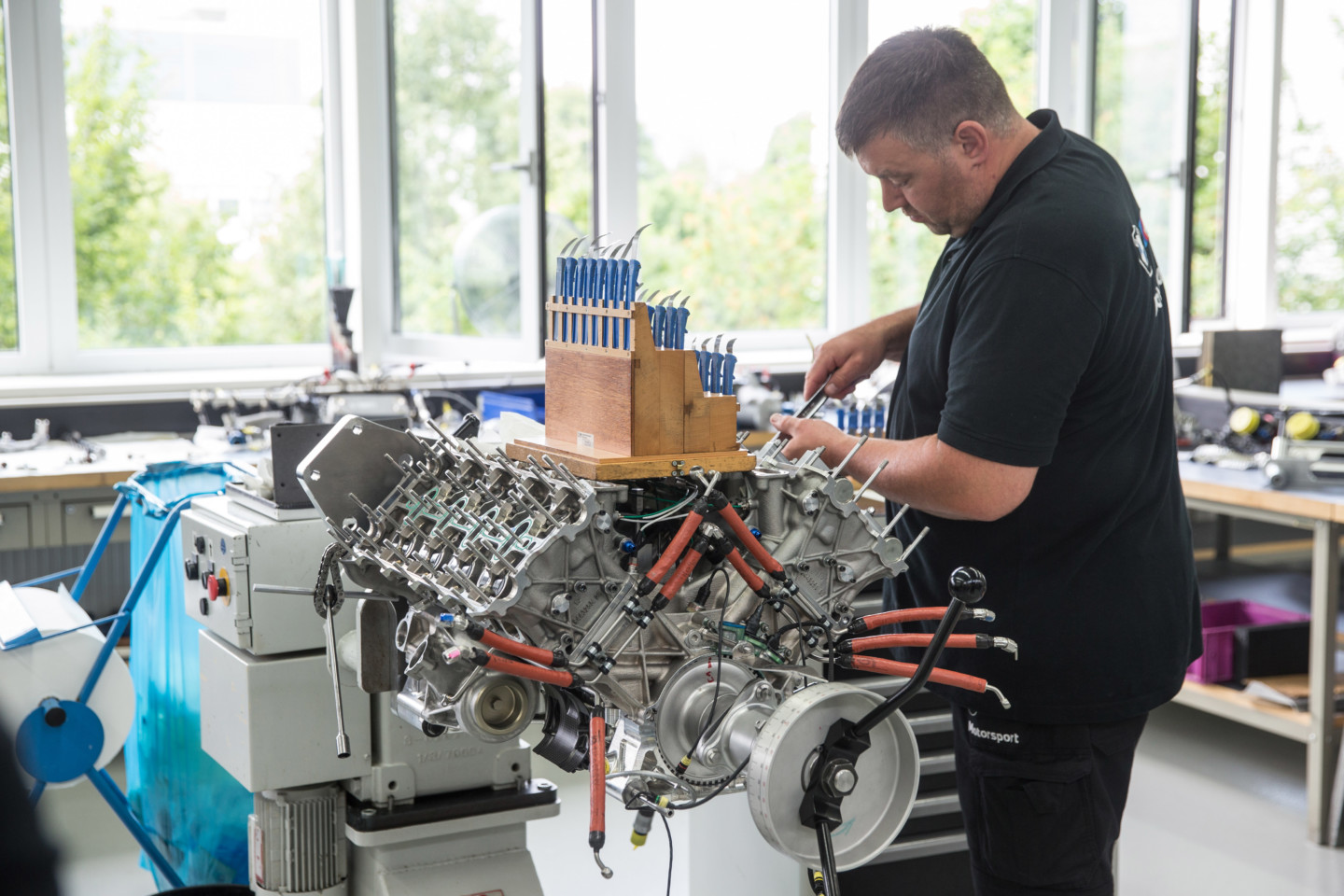
While it was hardly a spare parts bin, the LMDh hybrid V8 that BMW is running in GTP/LeMans in 2023 is the same basic layout as a naturally aspirated V8 it ran in German Touring Car (DTM) a few years ago.
Classic Performance With A Twist
“If you were a race fan in the 1980s and early ’90s as I was, you probably have fond memories of those epic IMSA GTP race cars, drivers, and teams,” said IMSA President John Doonan. “We are on the precipice of an amazing new era of GTP competition, with a real opportunity to eclipse the previous success of GTP. There is so much for IMSA fans — and really, endurance sports car racing fans around the world — to look forward to in the coming years, led by the introduction of the new GTP class here at Daytona in 2023.”
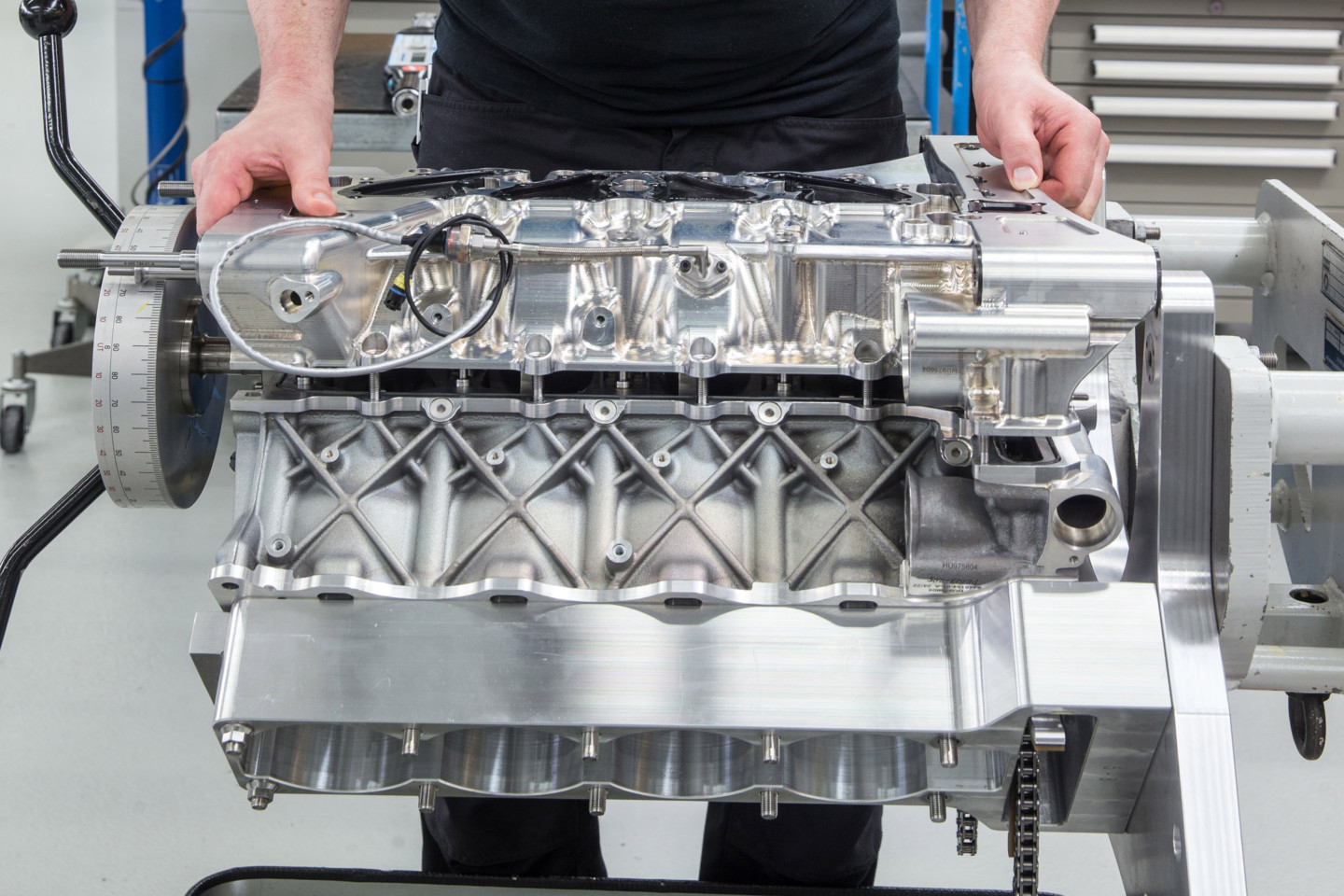
The P66/3 was completely reworked and recast to meet IMSA regulations. The engine will produce 640 horsepower with a spec hybrid system capable of adding another 200 horsepower as the battery allows.
One notable new entrant to the GTP class is BMW Motorsport. They’ve spent several years in GT racing with their M3, M4, and M5 production-based cars. But the company announced a new engine and chassis for the LMDh class, which was put together in a short timeframe from components they’ve used in the past. Not unlike a Skunk Works team of another era, the M Sport team reached into the parts bin and found treasure in a 90-degree V8 that previously ran in the German Touring Car series (DTM).
The new GTP class will emphasize fuel economy, sustainability, and eco-friendly cues such as the single-specification hybrid powertrain system that will be used by all LMDh cars along with other technologies relevant to the manufacturers.
The GTP name will carry design cues and styling that closely align with each manufacturer’s passenger cars.
BMW has a history of searching other classes for its engines as it made a similar move in its first entry into the GTP class. In 1986, the German automaker used a modified version of its turbocharged M12/14 Formula One engine. Unlike the 1.5-liter engine used in Formula One, the GTP version was a 2.0-liter variant capable of producing over 800 horsepower in race trim and 1,400 horsepower in qualifying trim.
Choosing A Successor
For the revamped GTP program, BMW selected the P66/1 eight-cylinder M4 DTM series engine that ran the 2017-2018 seasons in the German Touring Car class. Since the engine was also a load-bearing component, it could be used in a monocoque chassis without an additional subframe. And it was also the one engine that most closely fit the regulations after conversion to a hybrid turbo package.
BMW said it looked at other racing engines in its arsenal, like the P48 four-cylinder turbo from the M4 DTM and the P63 eight-cylinder turbo engine from the M8 GTE class in IMSA. Still, with issues about the P48’s durability and the weight of the P63, they were ruled out in favor of the P66 90-degree 4.0-liter naturally-aspirated V8.
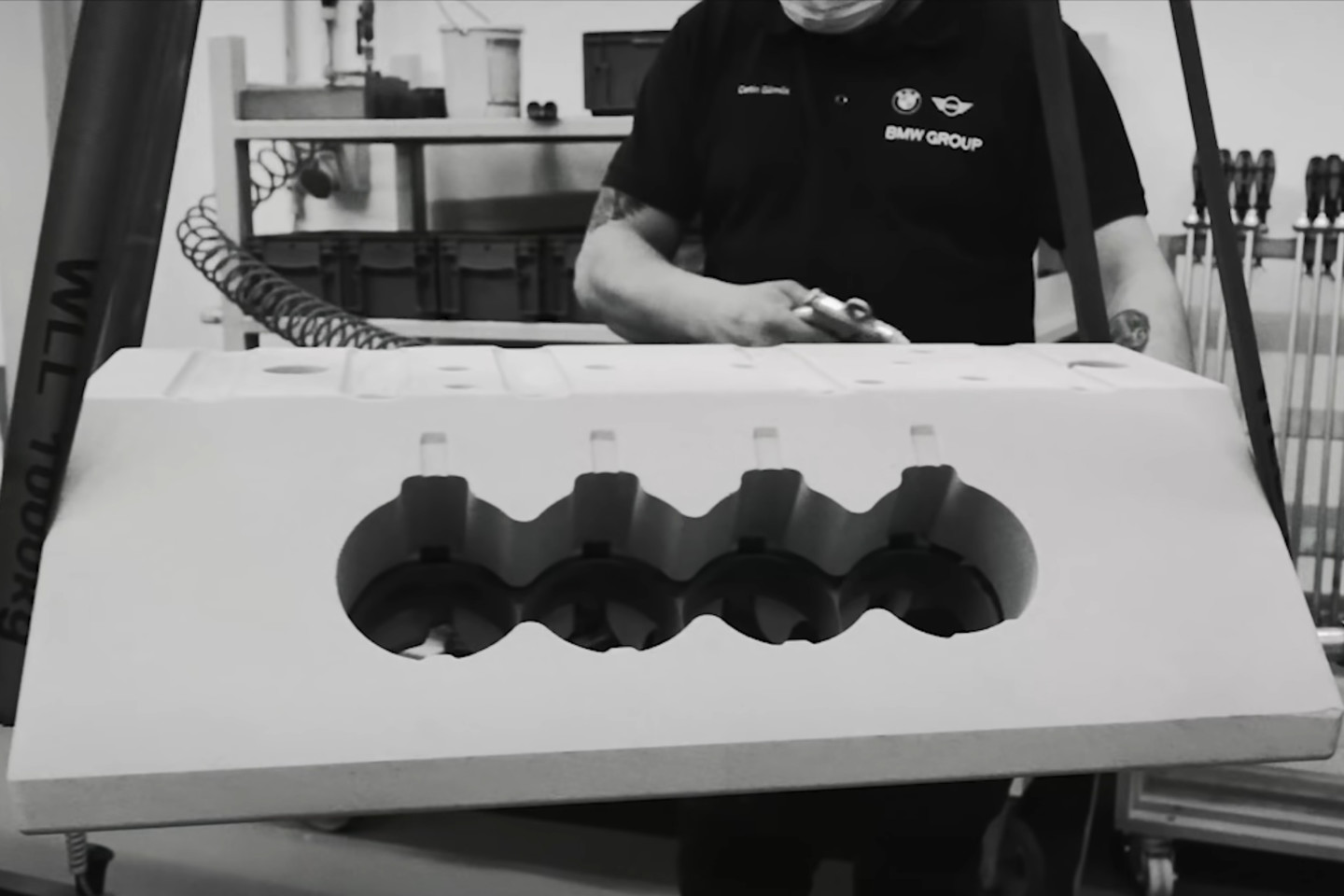
The all-aluminum block and heads had to be recast to work with direct injection as well as the twin-turbo hybrid system.
“It is a huge plus that we were able to make use of existing materials such as steel and aluminum from BMW’s time in Formula 1 for the basis of the engine, as well as for individual components — like shafts, housing, and small parts,” said Ulrich Schulz, Head of Drivetrain Design at BMW M Motorsport. “That saved us time and a lot of money and was therefore efficient and sustainable. Efficiency is a critical factor for this project, as we have a very short period of time available between getting started and the first racing appearance at Daytona in [January] 2023.”
The first phase of the engine build for the LMDh package involved converting the normally-aspirated P66/1 DTM engine into an intermediate engine by adapting two turbochargers and adjusting the crank drive. The focus was on durability, increased performance, and temperature management for the engine. This engine was the testing mule that ran on the dyno for various race simulations, and it was dubbed the P66/2.
The next iteration was the P66/3 race engine that included a twin-turbo version, more refined fitment to the Dallara chassis, final exhaust system, oil tank, cabling, and integration of the high-voltage system. The cylinder heads and block were recast at BMW’s foundry in Germany, and the injection system was reworked to handle direct injection.
BMW was fortunate to have plenty of experience with electric drive systems from its Formula E project, and these engineers could head up the electric motor integration in parallel. The unit that forms the hybrid drive system in the car consists of the e-motor, the inverter, and the high-voltage battery. There is a separator clutch between the electric and combustion engines, enabling fully-electric driving — in the pit lane, for example.
“Converting the normally-aspirated P66/1 engine into a bi-turbo and then working with the electric drivetrain colleagues to turn it into a hybrid drive system was very complex,” Schulz added. “Thanks to the expertise, the great collaboration, and the high level of motivation of all departments, we managed to complete the fire-up of the complete drive unit just a few weeks ago. We now feel that nothing is standing in the way of testing.”
The testing results were impressive enough to excite BMW Motorsports’ top brass to announce the cars will run the 24 Hours of LeMans and the rest of the World Endurance Championship (WEC) in addition to its IMSA GTP effort.
Perhaps sportscar racing can turn back time to the mid-’80s, but without the mullets.

